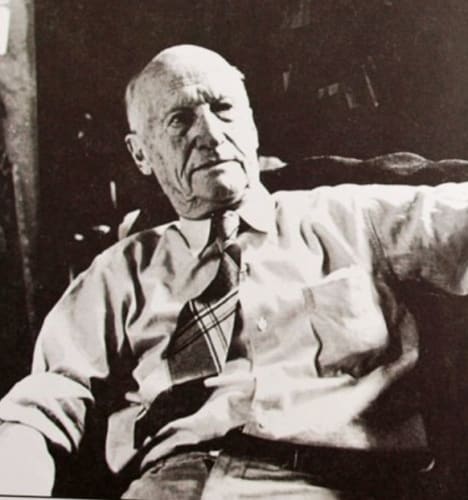A self-taught lithographer, Joseph Imhof (born 1871, Brooklyn, New York–died 1955, Taos, New Mexico) became an important documentary painter of Indian life in New Mexico. When in Europe for formal training in 1891, Imhof met and sketched Buffalo Bill and his Indians in the “Wild West Show” which was making a grand tour of Europe. It is said that Imhof’s experience with Buffalo Bill in Europe defined the direction of his career. When he returned to the U.S., he studied the Iroquois Indians in New York state and Canada. In 1905, Imhof traveled to the Southwest for the first time to record ceremonies of Pueblo Indians. He built a studio in Albuquerque in 1906 and continued to travel throughout the region before settling in Taos in 1929. Imhof chose not to use his art to interpret the Pueblo Indians. Rather, his works represent anthropological information with such authentic detail that the pueblos recognized him as an authority on their customs and life. He was referred to by his twenty-year neighbor, Mabel Dodge Luhan, as “the Grand Old Man of the Pueblos.” He collected many Indian artifacts and recorded ethnological information with his paintbrush. He had the first lithography press in Taos, making prints that are of ethnological value, and also taught lithography.

